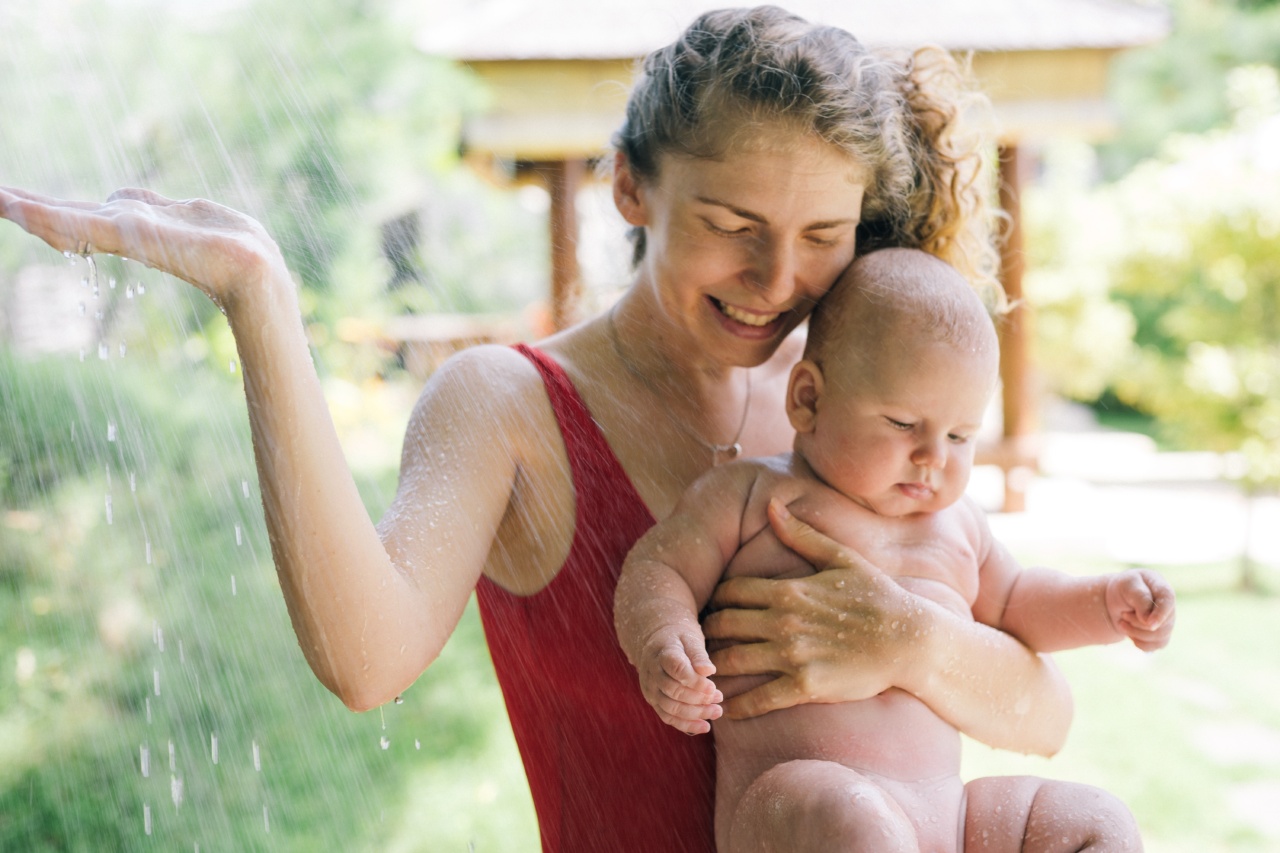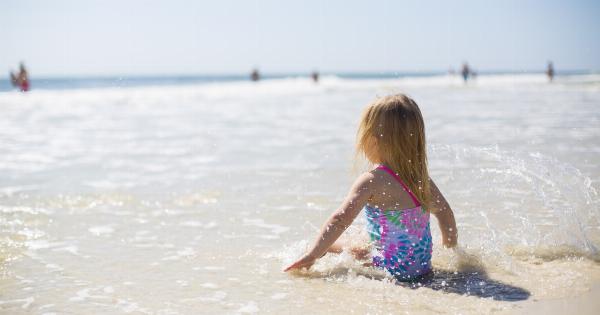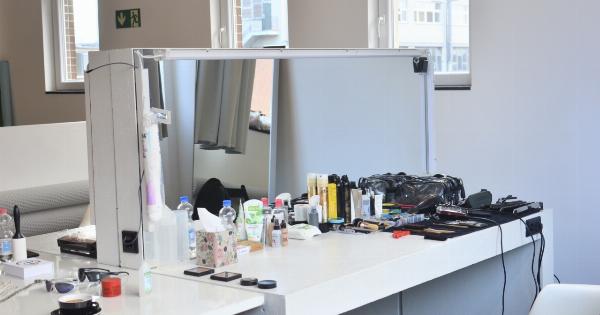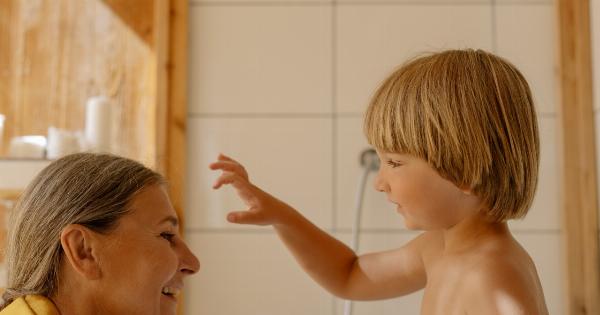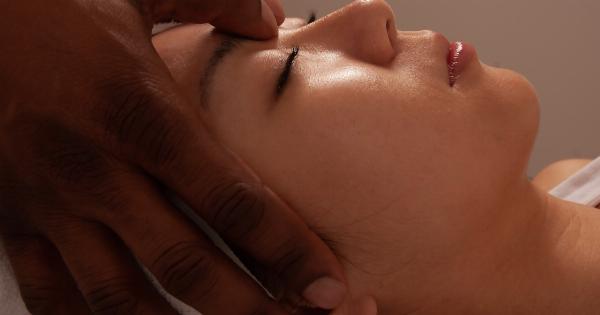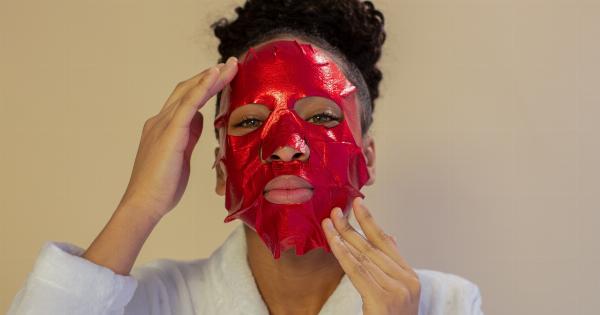Eczema, also known as atopic dermatitis, is a common condition that affects both adults and children. It is characterized by inflamed, itchy, and dry skin, which can be quite uncomfortable.
Bathing plays a crucial role in managing eczema and keeping the skin moisturized, but determining how often to bathe a child with eczema can be challenging for parents. The frequency of bathing can vary depending on the severity of the condition, individual preferences, and the advice of healthcare professionals.
Understanding eczema and its impact on the skin
Eczema is a chronic condition that causes the skin to become dry, itchy, and inflamed. The exact cause of eczema is unknown, but it is believed to be a combination of genetic and environmental factors.
The skin barrier in individuals with eczema is compromised, leading to increased water loss and susceptibility to irritants and allergens.
Children with eczema often experience flare-ups triggered by various factors, including weather changes, allergens, stress, and irritants.
Bathing correctly and using appropriate skincare products can help minimize these triggers, replenish moisture, and relieve symptoms.
The role of bathing in managing eczema
Bathing is an essential part of managing eczema, as it helps hydrate the skin, remove irritants, and develop a routine. Proper bathing techniques can promote skin healing and reduce the risk of infections that may arise due to scratching.
When bathing a child with eczema, it is important to follow some guidelines:.
1. Use lukewarm water
Hot water can be excessively drying to the skin and may exacerbate eczema symptoms. Lukewarm water helps cleanse the skin without stripping away natural oils.
2. Limit the duration of baths
Avoid prolonged baths, as spending too much time in water can further dry out the skin. Aim for shorter baths, ideally around 10 minutes.
3. Gentle cleansers
Choose mild, fragrance-free cleansers specifically formulated for sensitive skin. Harsh soaps and body washes can irritate eczema-prone skin and worsen symptoms.
4. Pat dry, don’t rub
After bathing, gently pat the skin dry with a soft towel. Avoid rubbing, as it can further irritate eczema patches. Leave the skin slightly damp to maximize moisture retention.
5. Moisturize immediately
Apply a thick, fragrance-free moisturizer immediately after bathing to lock in moisture. Be sure to choose a moisturizer suitable for eczema-prone skin. Creams or ointments are often preferred over lotions as they provide better hydration.
How often should you bathe a child with eczema?
The frequency of bathing for a child with eczema depends on various factors and can vary for each individual. It’s important to consider the following:.
1. Severity of eczema
If the child’s eczema is mild and well-controlled, daily bathing may be recommended. However, for children with moderate to severe eczema, daily baths may lead to excessive drying of the skin.
2. Weather conditions
In colder, drier weather, bathing less frequently may be beneficial, as it helps to retain more natural oils in the skin. On the other hand, during hot, humid weather, more frequent baths may be required to remove sweat and prevent discomfort.
3. Swimming
If your child enjoys swimming, rinse their skin with fresh water immediately after swimming. Pool water and seawater can potentially irritate eczema-prone skin. Apply moisturizer promptly after rinsing.
4. Remedy for flare-ups
During an eczema flare-up, it may be best to reduce the frequency of bathing. This is because additional baths can dry out the skin further and potentially aggravate symptoms.
Consult with a dermatologist or pediatrician to discuss a suitable bathing routine during flare-ups.
5. Individual preferences
Every child may have different preferences and tolerances when it comes to bathing. Some children with eczema find daily baths soothing, while others may feel discomfort from excessive bathing.
Watch for signs of irritation or dryness and adjust the bathing frequency accordingly.
Conclusion
Bathing plays a vital role in managing eczema in children. However, there is no one-size-fits-all answer to how often a child with eczema should bathe.
It is essential to consider the severity of the condition, the child’s preferences, and environmental factors. Maintaining a consistent skincare routine, using gentle products, and regularly moisturizing are key aspects of managing eczema.
Consulting with healthcare professionals can provide personalized guidance for bathing frequency and ensure the best care for your child’s eczema.
